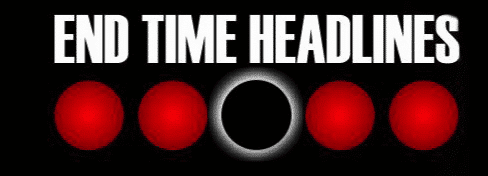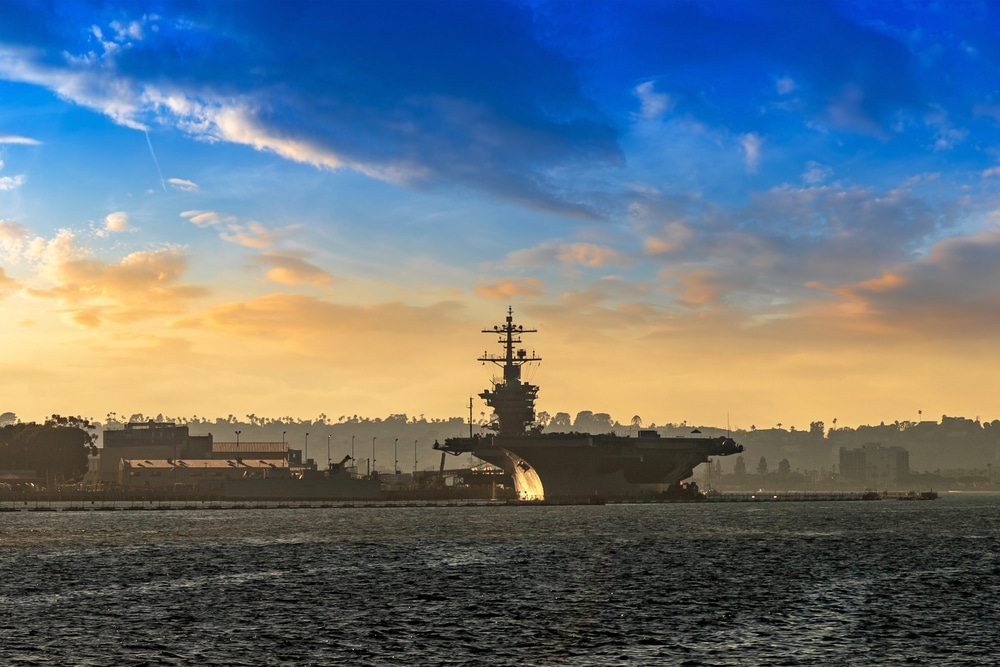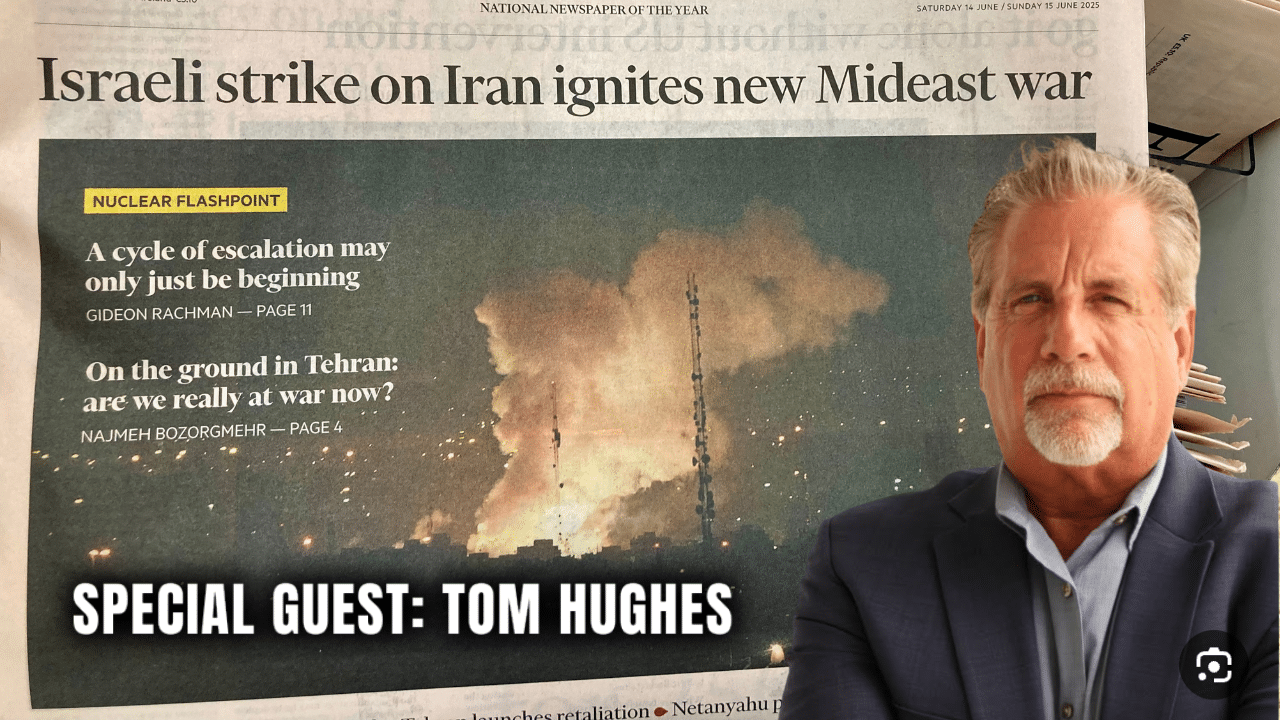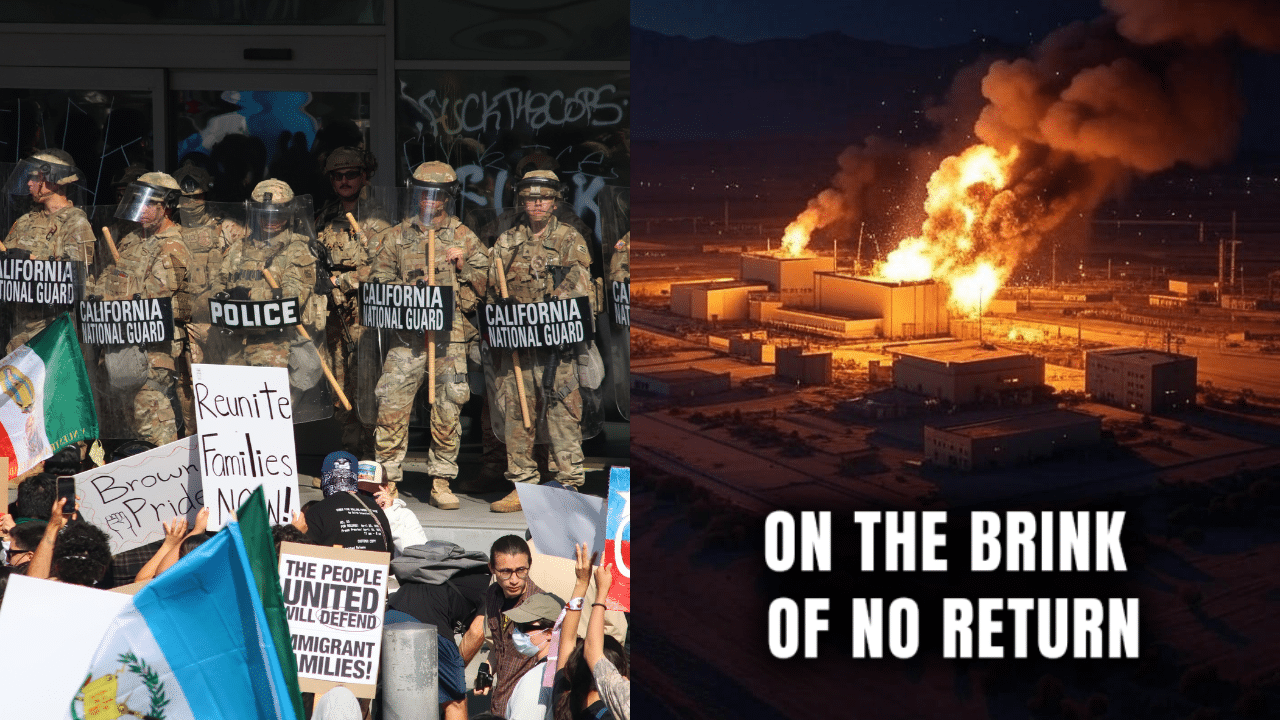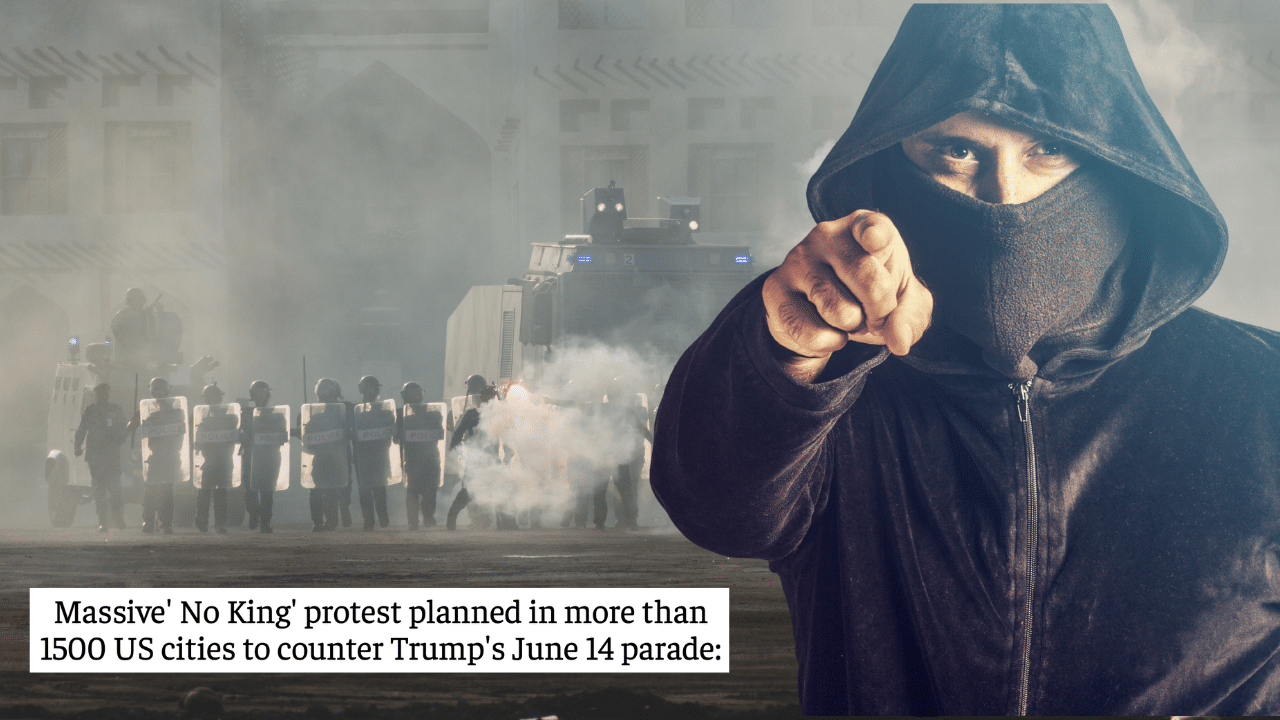On April 15, 2025, reports confirmed that a second U.S. aircraft carrier, the USS Carl Vinson, had been deployed to Middle Eastern waters, coinciding with the upcoming second round of nuclear negotiations between the United States and Iran.
This strategic move underscores the escalating tensions surrounding Iran’s rapidly advancing nuclear program and the high-stakes diplomacy aimed at curbing it.
According to an Associated Press report, satellite imagery verified the presence of the USS Carl Vinson in Mideast waters, marking a significant enhancement of U.S. naval forces in the region.
The deployment follows earlier indications from March 21, 2025, when posts on X noted that the U.S. was mobilizing a second carrier to the Middle East, with the Vinson expected to arrive in early April.
The U.S. Navy’s Bahrain-based 5th Fleet, which oversees operations in the region, declined to provide specific details about the carrier’s activities, maintaining operational discretion.
The timing of this deployment is critical, as it precedes the next phase of talks addressing Iran’s nuclear ambitions.
The first round of negotiations, held in Oman, involved U.S. Mideast envoy Steve Witkoff, who hinted at revisiting elements of the 2015 Joint Comprehensive Plan of Action (JCPOA), which the Trump administration abandoned in 2018.
The presence of a second carrier signals a robust U.S. posture, potentially serving as both a deterrent and a diplomatic leverage point.
The nuclear talks are set against a backdrop of nearly five decades of hostility between Washington and Tehran.
Iran’s nuclear program has reached a critical juncture, with its stockpile of uranium enriched to near weapons-grade levels prompting warnings from Iranian officials about the potential pursuit of nuclear weapons.
Meanwhile, former President Donald Trump has repeatedly threatened military action, including airstrikes, if negotiations fail to yield a favorable outcome.
Witkoff, representing the U.S., proposed a specific uranium enrichment cap of 3.67%, a significant reduction from Iran’s current capabilities.
This suggestion reflects a pragmatic approach, potentially drawing on the framework of the 2015 deal, which limited Iran’s enrichment activities in exchange for sanctions relief.
However, the location of the upcoming talks remains undisclosed, adding to the uncertainty surrounding the negotiations.
The deployment of the USS Carl Vinson has not gone unnoticed.
Posts on X from April 15, 2025, shared by users such as @AdamMilstein and @davidalexander5, amplified the news, highlighting the carrier’s arrival as a response to Iran’s nuclear advancements.
These posts reflect a broader sentiment of concern about the potential for escalation in the region, particularly given Iran’s strained relations with neighboring countries and its support for proxy groups like the Houthis in Yemen.
The Associated Press, with contributions from Nasser Karimi in Tehran, emphasized the delicate balance of diplomacy and military posturing.
The U.S. naval buildup could be interpreted as a signal to Iran and its allies, including Yemen’s Houthi rebels, who have been active in regional conflicts. At the same time, it risks inflaming tensions, potentially complicating the diplomatic process.
The U.S. decision to bolster its naval presence comes amid other regional dynamics.
While unrelated to the nuclear talks, recent trends on X, such as discussions around the Texas Lung Conference and entertainment news, indicate a fragmented global attention span.
However, the Middle East remains a focal point for geopolitical analysts, with the Iran-U.S. standoff carrying implications for oil markets, regional security, and global non-proliferation efforts.
The Carnegie Corporation of New York and the Outrider Foundation, which support nuclear security coverage, underscore the importance of informed reporting on such issues.
Their backing of the Associated Press’s work highlights the global stakes involved in preventing nuclear proliferation, particularly in a region as volatile as the Middle East.
